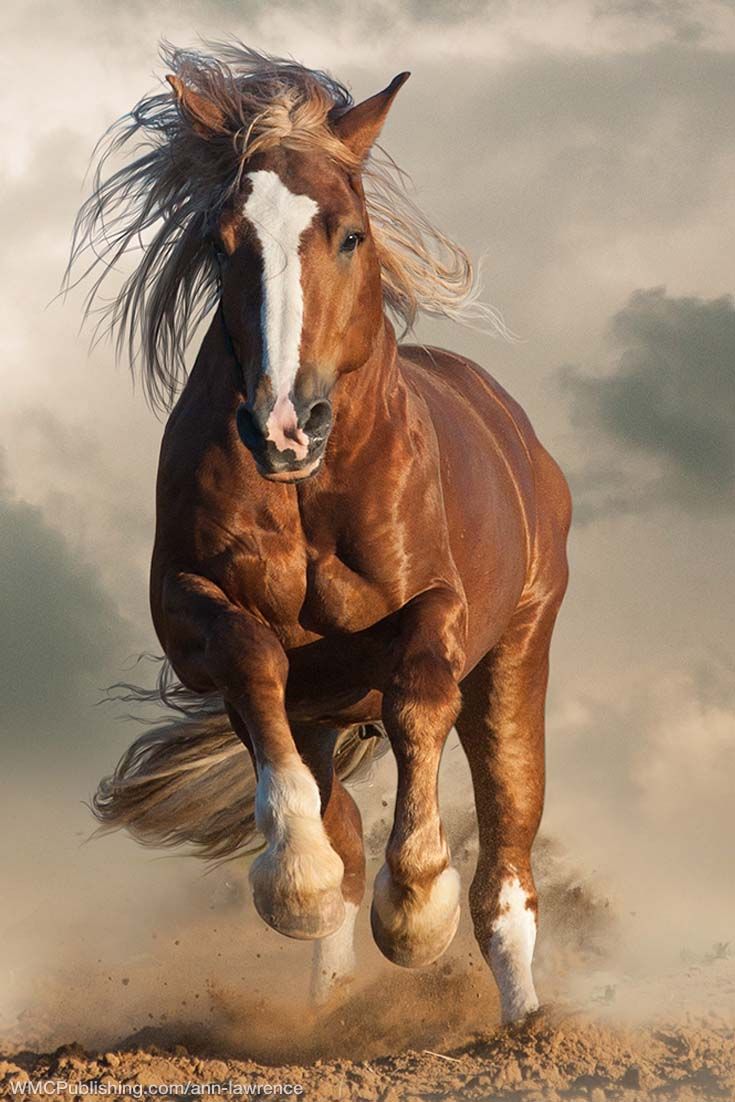Appaloosa Moon Blindness In Horses

What follows is a summary of eru including what it is what may cause it how it is recognized and how it is treated.
Appaloosa moon blindness in horses. He may squint blink or tear from the infected eye. Symptoms of moon blindness vary. Equine recurrent uveitis or better known as moon blindness is a chronic painful eye disease and it s the most common cause of blindness in horses with an estimated prevalence of 2 25 in the united states. If your appaloosa develops eru in one eye chances are the other eye will catch the infection too.
While a dna test can confirm whether or not your horse has appaloosa specific csnb only an erg exam performed by a veterinary ophthalmologist can determine whether the lack of night vision your horse is experiencing is due to appaloosa specific csnb some other form of csnb or damage from uveitis or some other ocular disease. Equine recurrent uveitis is characterized by inflammation occurring inside the eye first impacting the uveal. To handle moon blindness in horses start by trying to identify what caused the condition which could be bacteria parasites viruses fungi or even a traumatic accident. He may also be sensitive to light or sudden changes in amount of light such as when he s walked out from a darker stable area into bright sunshine.
Moon blindness in horses. Equine recurrent uveitis or eru. It affects up to 12 percent of horses worldwide and about 25 percent of appaloosas quarter horses being the next most vulnerable breed. Moon blindness is the most common cause of blindness in horses and mules.
Equine recurrent uveitis eru also known as moon blindness iridocyclitis and periodic ophthalmia is a syndrome that is the most common cause of blindness in horses and may have a prevalence rate in the united states of 2 or higher. It is an acquired progressive condition and the most common cause of blindness in the horse world wide. After examining the horse your vet will probably prescribe a. Eru is characterized most commonly by episodes of intraocular inflammation followed by variable lengths of time of lack of inflammation or quiescence.
The appaloosa breeds have a high higher risk of eru compared to other races. It s best to get your horse checked by a vet immediately after you notice the symptoms especially since identifying the cause on your own isn t always possible. It can also cause abortion and decreased milk supply in lactating mares. Recurrent uveitis also called moon blindness is caused by one of two things.
However uveitis commonly known as moon blindness often recurs. When we began pulling together the research for this site one equine vet told us no one familiar with the appaloosa breed would dispute that the breed is at increased risk for both uveitis and blindness and that is indeed the case. This predilection points to a genetic basis for moon blindness. So many people in the horse world know of someone with a blind appaloosa that.
Equine recurrent uveitis eru sometimes called moon blindness iridocyclitis or periodic ophthalmia is one of the oldest known ocular diseases in the horse. Leptospriosis bacteria or the onchocerca cervicalis parasite. The horse may shy away from objects on the affected side since his vision is impaired. Blindness in appaloosas.
It affects all horses.
















































